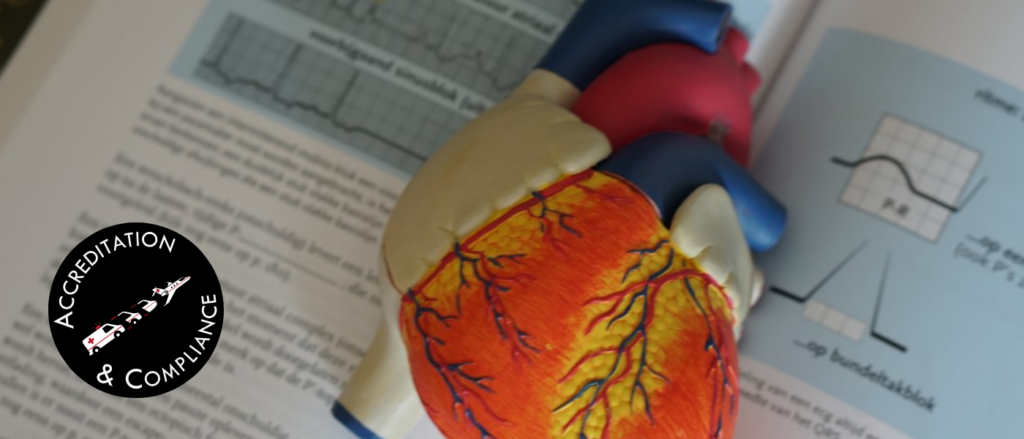Learn the importance of developing and scaling your training program to your service area and scope of practice.
As you read in the previous post, your Quality Management (QM) program is very closely tied to your Education and Training (E&T) program. To your frontline clinical staff, it is either a welcomed benefit as a team member or just something they have to do in order to maintain an active status.
At a minimum, your E&T should include the typical certifications (BLS, ACLS, PALS, etc.), based on your program’s scope of practice. Additional features of your E&T program can include clinical information that is pertinent to the populations that you serve. For example, if your program performs ALS cardiac cath lab interfacility transfers, E&T on sheath/invasive line maintenance, advanced cardiac A&P, pathophysiology and pharmacology is an excellent way to develop your clinical staff.
A more robust E&T program will provide both didactic and hands-on or clinical learning opportunities that support your transport program’s scope of practice and mission statement. The more advanced your scope of practice, the more advanced your E&T program MUST be in order to develop your clinical staff. Hands-on learning may include skills like needle decompression, chest tube insertion, advanced airway management techniques including cricothyroidotomy, suturing, etc. Accrediting bodies, your scope of practice, and ultimately your medical director, will guide the frequency of E&T, as well as the skills to be introduced.
If your program is seeking or maintaining accreditation, the standards will dictate what your E&T program must provide at a minimum.
The saying is, “If it can be tracked, it can be improved.” This proves especially true when tying your QM and E&T programs together. They work hand in hand to support evidence-based medicine, improve the quality of care delivered, demonstrate program defined performance indicators, and ultimately patient outcomes. This is accomplished by identifying metrics through your QM program that can be improved.
When effectively using a E&T program, the upcoming months and quarters of chart reviews will transform outcomes towards your program’s self-defined goals.
Whether your E&T program is in place as a result of accreditation or agency defined standards, compliance is vital.

